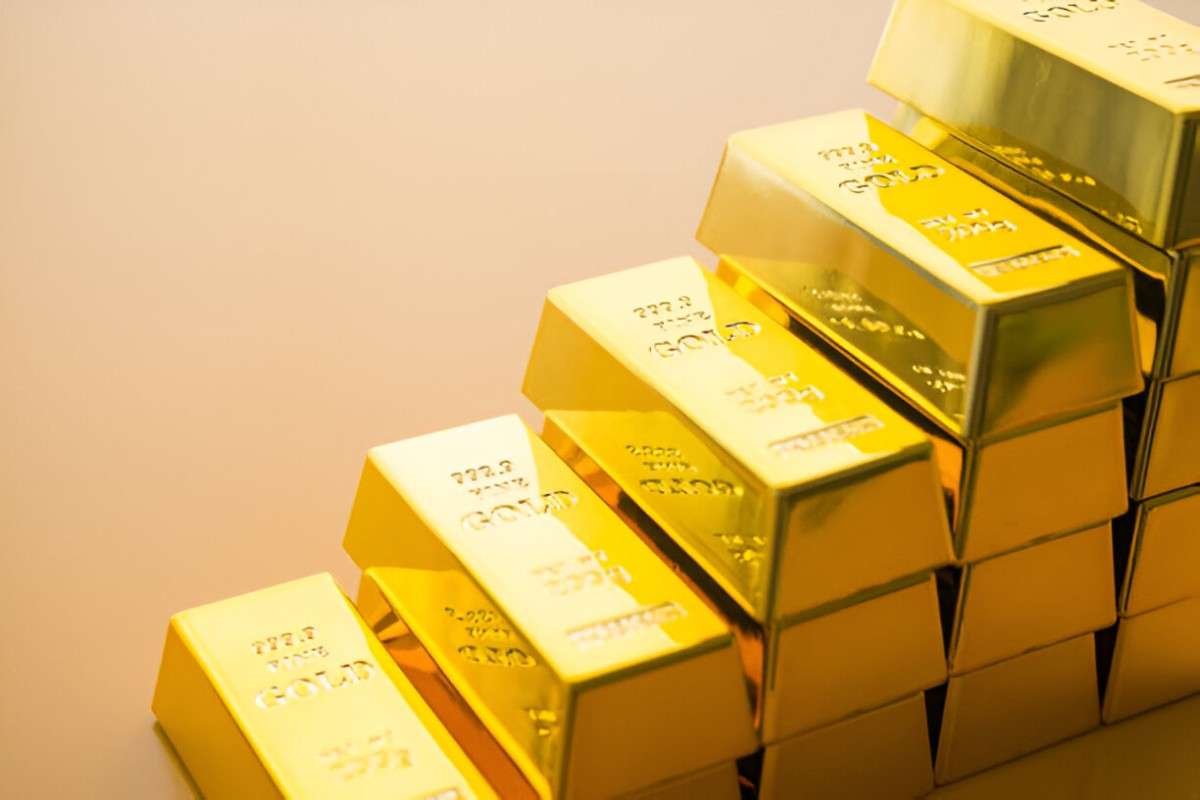Introduction
As an investor, I often explore different asset classes to diversify my portfolio and hedge against market volatility. One option that stands out is gold mutual funds, which provide exposure to gold without the hassle of physical ownership. In this guide, I’ll break down everything you need to know about gold mutual funds—how they work, their advantages, risks, and how they compare to other gold investments.
Table of Contents
What Are Gold Mutual Funds?
Gold mutual funds are investment vehicles that pool money from multiple investors to invest primarily in gold-related assets. These funds can hold:
- Physical gold bullion
- Gold futures and options
- Shares of gold mining companies
- Gold ETFs (Exchange-Traded Funds)
Unlike buying physical gold, gold mutual funds offer liquidity, professional management, and diversification.
Types of Gold Mutual Funds
1. Gold-Backed Mutual Funds
These funds invest directly in physical gold or gold certificates. Their performance closely tracks the spot price of gold.
2. Gold Mining Stock Funds
Instead of holding gold, these funds invest in companies engaged in gold mining, refining, and distribution. Their returns depend on both gold prices and company performance.
3. Gold ETFs and Index Funds
Some mutual funds invest in gold ETFs like SPDR Gold Shares (GLD) or iShares Gold Trust (IAU). These offer lower expense ratios compared to actively managed funds.
Why Invest in Gold Mutual Funds?
1. Hedge Against Inflation
Gold has historically preserved value during inflationary periods. When the dollar weakens, gold prices tend to rise.
2. Portfolio Diversification
Gold often moves inversely to stocks and bonds, reducing overall portfolio risk. According to Modern Portfolio Theory (MPT), adding gold can improve the risk-return profile:
E(R_p) = \sum_{i=1}^n w_i E(R_i)Where:
- E(R_p) = Expected portfolio return
- w_i = Weight of asset i in the portfolio
- E(R_i) = Expected return of asset i
3. Liquidity and Convenience
Selling gold mutual fund shares is easier than selling physical gold, which may involve storage and assay costs.
Risks of Gold Mutual Funds
1. Market Volatility
Gold prices fluctuate due to geopolitical tensions, interest rate changes, and currency movements.
2. Management Fees
Actively managed gold funds charge higher expense ratios (0.5%–2%) compared to ETFs (0.2%–0.5%).
3. Underperformance of Mining Stocks
If gold prices rise but mining companies face operational issues, gold mining funds may underperform.
Comparing Gold Mutual Funds vs. Other Gold Investments
| Investment Type | Pros | Cons |
|---|---|---|
| Gold Mutual Funds | Professional management, diversified exposure | Higher fees, market risk |
| Physical Gold | Tangible asset, no counterparty risk | Storage costs, illiquidity |
| Gold ETFs | Low expense ratios, high liquidity | No dividends, tracking error |
| Gold Futures/Options | Leverage potential, hedging tool | High risk, complex for beginners |
How to Choose the Best Gold Mutual Fund
1. Expense Ratio
Lower fees mean higher net returns. Compare funds like:
- Franklin Gold and Precious Metals Fund (FKRCX) – 0.92% expense ratio
- Fidelity Select Gold Portfolio (FSAGX) – 0.77% expense ratio
2. Historical Performance
Look at long-term returns (5–10 years) rather than short-term spikes.
3. Fund Manager’s Expertise
Check the track record of the fund manager in navigating gold market cycles.
Tax Implications of Gold Mutual Funds
- Capital Gains Tax: If held for over a year, gains are taxed at 0%–20% (long-term). Short-term gains are taxed as ordinary income.
- Collectibles Tax: Some gold funds may be taxed at a higher 28% rate if they hold physical gold.
Example: Calculating Returns on a Gold Mutual Fund
Suppose I invest $10,000 in a gold mutual fund with an annual return of 8%. Using compound interest:
A = P \times (1 + r)^tWhere:
- A = Future value
- P = Principal ($10,000)
- r = Annual return (8% or 0.08)
- t = Time in years (5)
After 5 years, the investment grows to $14,690.
Conclusion
Gold mutual funds offer a balanced way to invest in gold without the drawbacks of physical ownership. They provide diversification, inflation protection, and professional management. However, fees and market risks must be considered. If I were to allocate a portion of my portfolio to gold, I’d opt for a low-cost gold ETF or an established mutual fund with a strong track record.





